
How to Get Started Selling on Amazon Seller Central India (if You’re in India)

Table of Contents
Are you ready to join the 500 lakh sellers on Amazon India?
If you are an entrepreneur or small business owner located in India (or if you’re just thinking about becoming one), and if you are curious about what it takes to sell on Amazon India, keep on reading.
We’ll discuss some of the basics of Amazon India here, as well as some of the resources you’ll need to get started on Amazon Seller Central.
Some of the topics we’ll cover here include:
- General information about Amazon India
- What you need to create an Amazon India seller account
- Shipping and delivery options available to sellers
- Suggestions for where to look for domestic product sourcing options
- How Helium 10 can help – our product research tools now work on Amazon India
When you’re done reading here, be sure to also listen to our podcast interviews with other Amazon India sellers listed at the end of this article.
Amazon India and ecommerce: At a glance
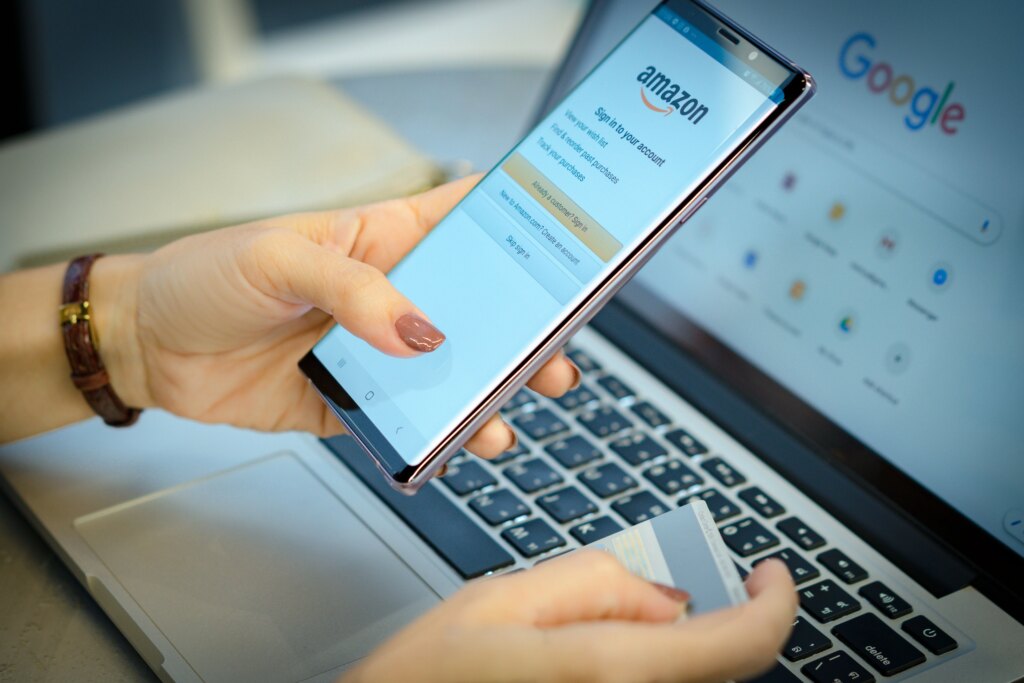
- In 2018, Amazon India overtook Flipkart as the most popular e-retail website in India (based on revenue)
- Amazon India is now the most shopped e-retail site in the country, beating the other popular e-retail websites such as Flipkart, Snapdeal, and IndiaMart.
- Cash on delivery/pay on delivery payment methods are the most popular customer payment method, accounting for about 75% of e-retail transactions
- Ecommerce as a whole is growing rapidly in India – online grocery orders, for example are expected to grow from 3 million a day (2019) to 5 million a day by 2024
- Amazon India is the fastest growing Amazon marketplace worldwide, second only to Amazon US
What you need to get started on Amazon Seller Central

Business and contact details
This is straightforward: make sure you have your business information, including email and phone number ready when registering for your seller account.
An active bank account
You’ll need to set up an active bank account so you can receive your sales profits from Amazon. It’s generally advisable to have a separate business bank account so that you don’t mix your business finances with your personal finances.
Tax registration details – GST and PAN information
At the time of registration, you’ll need to have your tax registration details (PAN and GST) ready. GST is mandatory if you are selling taxable goods.
If you don’t have a GST, you can actually apply for one directly through Amazon. Click here to learn more about how to apply.
Approval for certain product categories
Note that after being approved for your seller’s account, you do need additional permission to sell in certain restricted product categories, such as auto parts. For more details about product category restrictions, see Amazon.in’s page on it here.
The Three shipping options: FBA, EasyShip, and Self Ship
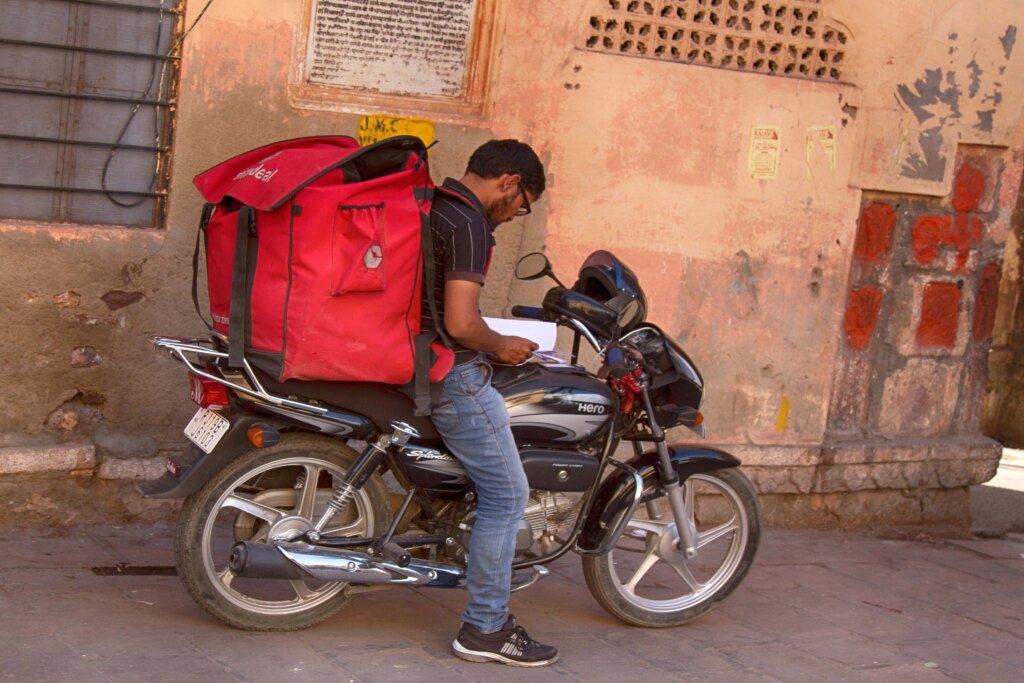
Amazon India currently provides three shipping options for Amazon sellers, each with different costs and levels of control, so you’re sure to find something that suits your needs.
Fulfillment by Amazon (FBA)
Perhaps the most commonly-discussed selling method, many Amazon sellers worldwide have found success selling purely through the FBA model.
The FBA model essentially offers you the most convenience. The tradeoff is that you pay higher fees to Amazon.
Under the FBA model, your only responsibility is to ship your products to an Amazon warehouse for them to store. After that, Amazon handles the rest. When an Amazon customer orders your product, Amazon picks the product, packs it up, and ships it directly to the customer. You basically do not have to touch the product once you’ve shipped them to the Amazon warehouse.
The tradeoff, as mentioned above, is that you pay higher fees under the FBA model. On top of the standard Amazon commission fees (determined by product category), you’ll pay fulfillment and FBA fees per item sold, generally based on the product size and weight.
Selling via FBA is the easiest way to ensure your products are eligible for Prime Shipping. Most customers prefer to purchase products eligible for Prime Shipping.
EasyShip
With the EasyShip option, Amazon handles the delivery for you. Your responsibility is to store your own product, pack it, and pick it when a customer places an order.
Once your product is ready to go, Amazon’s delivery partner will pick it up from your location and deliver it to the customer.
This method provides the flexibility of managing, storing, and prepping your products, combined with the convenience of Amazon’s delivery infrastructure. You still pay shipping and commission fees, but not as much as through FBA.
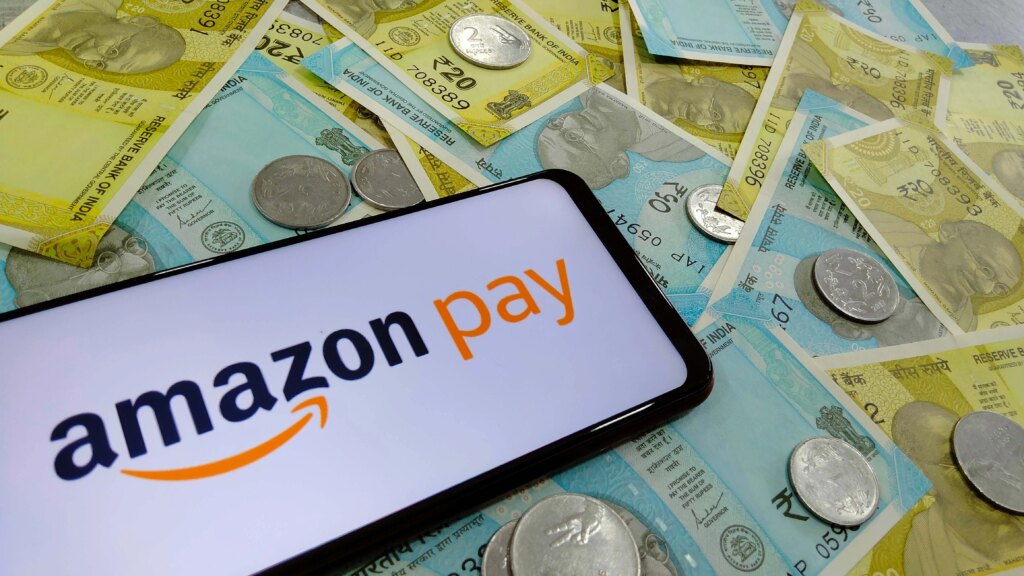
EasyShip also allows customers to pay by Payment on Delivery/Cash on Delivery (COD), which is currently one of the most popular payment methods with e-retail customers across the country.
With EasyShip, your products can still show up as Prime delivery-enabled.
Self-Ship
Also called the Fulfillment by Merchant (FBM) model in other marketplaces, Self-Ship gives you the most control over your sales process, meaning you are responsible for every step of the customer experience.
When a customer places an order, you must pick, prep, pack, and ship the product to the customer.
You can still take advantage of Prime shipping if you can build a record of delivering products within one to two days to locations near your pincode. If you establish this delivery speed and reliability, Amazon will give your products the Prime badge.
Since you are responsible for the delivery leg of the customer experience, how much you pay for shipping costs depends on the carrier you choose.
Have a physical store? Try the Local Shops program
For businesses with a physical location, such as retail shops, grocery stores, kirana, and similar, you can enter Amazon.in’s “Local Shops” program. With this program, you will be fulfilling orders via the Self-Ship method.
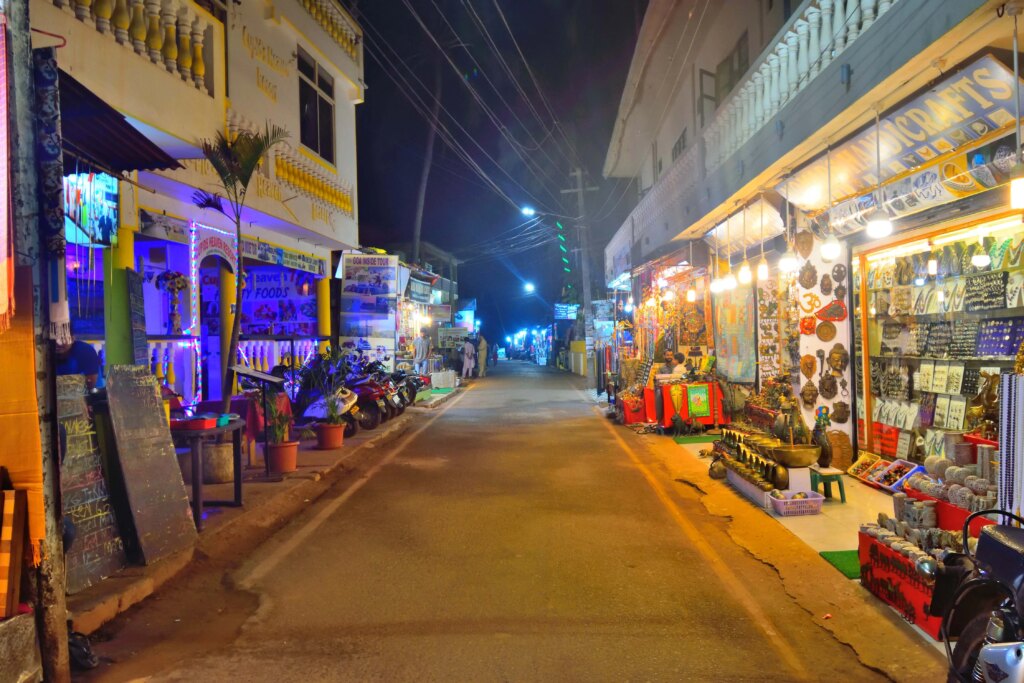
You can choose which pincodes you want to include in your Prime delivery radius, and as long as your shop is able to deliver within two days of a customer ordering, your shop’s products will show up as Prime. Essentially, you would be able to bring your entire shop’s inventory online and reach more customers than your physical storefront would be able to do on its own!
This program has been especially beneficial during the COVID-19 pandemic, so that physical stores can reach customers that haven’t been able to come in person and shop.
Where to find product suppliers and manufacturers
Indian sellers have the advantage of access to some of the best product manufacturers worldwide. Whereas many global sellers need to pay expensive import and freight costs to order products from manufacturers outside their countries, India-based Amazon sellers can source and form relationships directly with domestic suppliers.
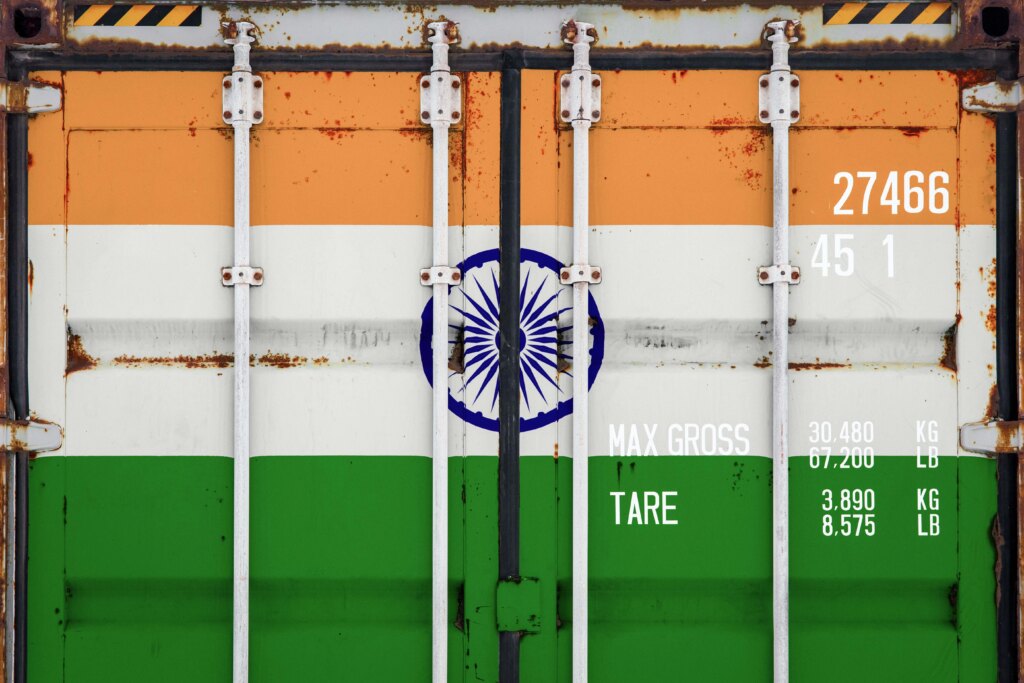
Some great places to look for product suppliers online include:
- IndiaMart
- Global Sources
- Alibaba
- Google (since most ecommerce sites are in English)
Places to look for suppliers in person:
- The India Handicrafts and Gifts Fair (Delhi Fair)
- TradeFairDates.com
We have another article you may want to read that goes into detail about finding suppliers and manufacturers, product categories that Indian manufacturers specialize in, and more! It also has links to various resources. Read more about it here.
How Helium 10 can help you with product research and strategy
Did you know Helium 10’s product research tools work in the Amazon India marketplace? Our tools like Black Box and Cerebro offer insights into competing products, buyer behavior, and potential selling opportunities, among other things.
Amazon India is the fastest growing Amazon marketplace (other than Amazon US), so now is the time to get in on the ground floor and start (or start growing) your business.
Want to know more?
Are you an Amazon seller in India selling on Amazon.in? If you’re just starting, let us know what else you want us to research and write about. Or, if you’re already selling on Amazon.in, feel free to share some insights and experiences. We’re always looking to broaden our knowledge (and share that knowledge), so leave a comment or reach out to us via the Helium 10 Facebook group.
Take time to listen to a couple of Amazon India sellers too via our podcast interviews with them. Verun offers his insights into Amazon India.
Good luck and see you soon.
Frequently Asked Questions
Achieve More Results in Less Time
Accelerate the Growth of Your Business, Brand or Agency
Maximize your results and drive success faster with Helium 10’s full suite of Amazon and Walmart solutions.